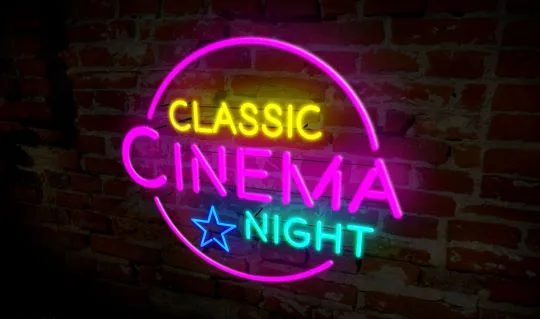The Resurgence of Classic Cinema in the Digital Age

In an era where digital content is king, the allure of classic cinema has not only endured but has experienced a remarkable resurgence. This revival is a testament to the timeless nature of storytelling and the universal appeal of stories that resonate across generations. As streaming services and digital platforms become the primary sources of entertainment for millions worldwide, the accessibility and rediscovery of classic films have ushered in a new age of cinematic appreciation, blending the old with the new in exciting ways.

The digital age has democratized access to films from all eras, allowing movie enthusiasts to explore the vast archives of cinema history at the click of a button. Platforms like Netflix, Amazon Prime, and The Criterion Channel cater to diverse tastes, including those with an affinity for the golden age of Hollywood, international art-house cinema, and everything in between. This ease of access has introduced classic films to younger audiences, who might not have ventured beyond contemporary offerings otherwise.
High-definition Remastering
Moreover, the rise of high-definition remastering and digital restoration has breathed new life into classic films. Once grainy and faded prints have been rejuvenated, allowing viewers to experience cinematic masterpieces in unparalleled clarity. This technological advancement not only preserves the cultural heritage encapsulated in these films but also enhances the viewing experience, making it more engaging for modern audiences accustomed to high-definition visuals.
Social Media Platforms
Social media and online communities have played a pivotal role in the resurgence of classic cinema. Platforms like Twitter, Reddit, and specialized film forums foster discussions, analyses, and recommendations, creating a communal space for film aficionados to share their love for timeless movies. These digital congregations serve as a bridge connecting generations of cinephiles, enabling a continuous exchange of ideas and perspectives that enriches the collective appreciation of cinema.
Educational institutions and film studies programs have also embraced the digital shift, incorporating classic films into their curricula and utilizing online platforms for instruction and analysis. This academic interest underscores the significance of classic cinema as an art form and a historical document, reflecting the societal, political, and cultural contexts of their times.
Despite the overwhelming choice of content available today, the decision of what movie do I want to watch can sometimes lead curious viewers to the classics, guiding them through personalized recommendations based on their preferences and mood. This interactive approach not only simplifies the selection process but also introduces audiences to films they might not have discovered on their own, further fueling the resurgence of interest in classic cinema.
The digital age, rather than relegating classic films to the annals of history, has provided them with a new lease on life. It has created a unique symbiosis where the past and present coexist, allowing classic cinema to thrive and continue to inspire, entertain, and move audiences around the world. As we move forward, the legacy of classic films remains undiminished, proving that great storytelling is indeed timeless, and its appeal transcends the boundaries of era and technology. In this digital renaissance of classic cinema, we find a comforting reminder that amidst the rapid changes in our world, the magic of a good story well told is eternal.




